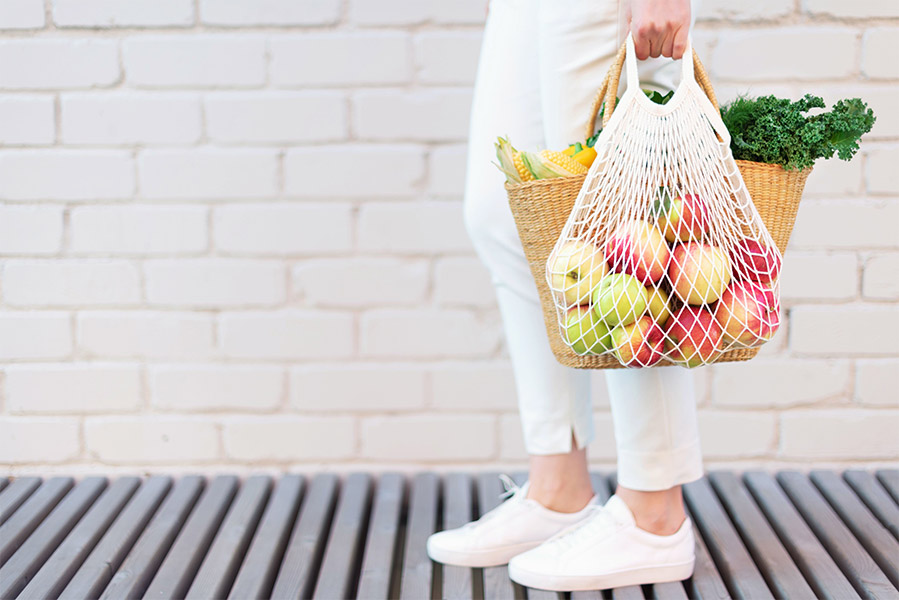
As Australia burns under record temperatures and Greta Thunberg graces the cover of Time Magazine, it’s hard to think of 2019 as anything but a turning point in global attitudes towards climate change in particular, and sustainability in general.
At the World Economic Forum this month, a report was released that indicated not only are we now consuming over 100 billion tons of materials a year, but that number has increased by 8% over the past two years, while the proportion recycled has decreased by 0.5%. In other words, things are getting rapidly worse, not better.
In Matt Klein’s great Meta Trending Trends: 2020 he notes that the first overarching pattern he observed consistently in reviewing dozens of marketing trend reports over the past three years is “Environmental Concerns.” And when even an organization linked to al Qaeda bans plastic bags, you get the feeling that this is less marketing trend and more trans-cultural movement.
So are advertisers really going to save the world? And uh, how… exactly?
Since WWII, advertising and entertainment have driven consumer culture both in the developed world and, aspirationally, in the developing world, helping drive global economic growth while simultaneously contributing to waste and overconsumption.
Let’s not lay all the blame on our magical industry, because wanting electricity and a quick trip to work aren’t things that can be pegged on the ability of advertising to manufacture desire for “cool stuff.”
But brands play an incredibly large role in what’s happened, and what happens next.
There’s a congruence between growing consumer demand for sustainable goods and services and brands’ capacity and energy to supply (and communicate) these changes.
It’s “common knowledge” that Millennials, Gen Z, and Gen Alpha are all about sustainability, but so is overall economic demand, believe it or not. Harvard Business Review reports that 50% of US sales growth from 2013-2018 in the CPG space came from sustainably marketed products.
Advertisers, specifically innovative marketing and R&D departments, are at the heart of a company when it comes to connecting and communicating this supply and demand.
There are three ways that I think brands can save the world. The third lives in the marketing department.
First, they can adapt to the growing demand for sustainable value-chains, with programs ranging from low-emission and low-waste production to minimalist packaging and post-use recycling programs. For example, Subaru’s zero-waste factory, GAP’s circular design approach to jeans manufacturing, and Microsoft declaring that they will be carbon negative by 2030.
Second, they can create innovation through R&D by developing more sustainable products, which last longer, consume less power, and produce less waste. For example, electric cars and paper straws. (And for those who doubt the economic power of sustainability, Tesla just hit a $100 billion valuation)
Third, they can demonstrate that sustainability is awesome through brand behavior, helping shape culture and further increase demand for sustainable products. This is, in many ways, the hardest part of the job, as it involves changing consumer behavior.
“Business won’t be in business if we don’t accommodate consumers,” Bea Perez, Coca-Cola’s head of sustainability noted when addressing their continued role as the largest manufacturer of single-use plastics in the world, “So as we change our bottling infrastructure, move into recycling and innovate, we also have to show the consumer what the opportunities are. They will change with us.”
As demand increases for sustainable options in every category and brands respond with a healthy supply of innovation, they will also need to work to further magnify demand with advertising that educates and persuades the entire market that these new options are the best.
The net effect of all of this brand communication around better sustainable options is that it begins to form the fabric of pop culture, from product placement and branded entertainment to takeovers of Times Square and ads that get buzz around the office Keurig. As cultural attitudes evolve, sustainable options will become the inevitable choice of buyers.
Can brands do it alone? Obviously not. But they can rapidly accelerate improvement both materially and culturally, and from Fat Tire Beer protecting mountain environments to Patagonia encouraging reselling of their own products, brands are already finding millions of innovative ways to do it.
The changes required aren’t just about evolving brand purpose, but developing a shared global purpose that transcends business to, quite literally, save the planet. Just like in Independence Day, but in our case the aliens are landfills, and you’re Will Smith.
If you’re looking to evolve your brand purpose, we’re ready to be your Jeff Goldblum. Get in touch.